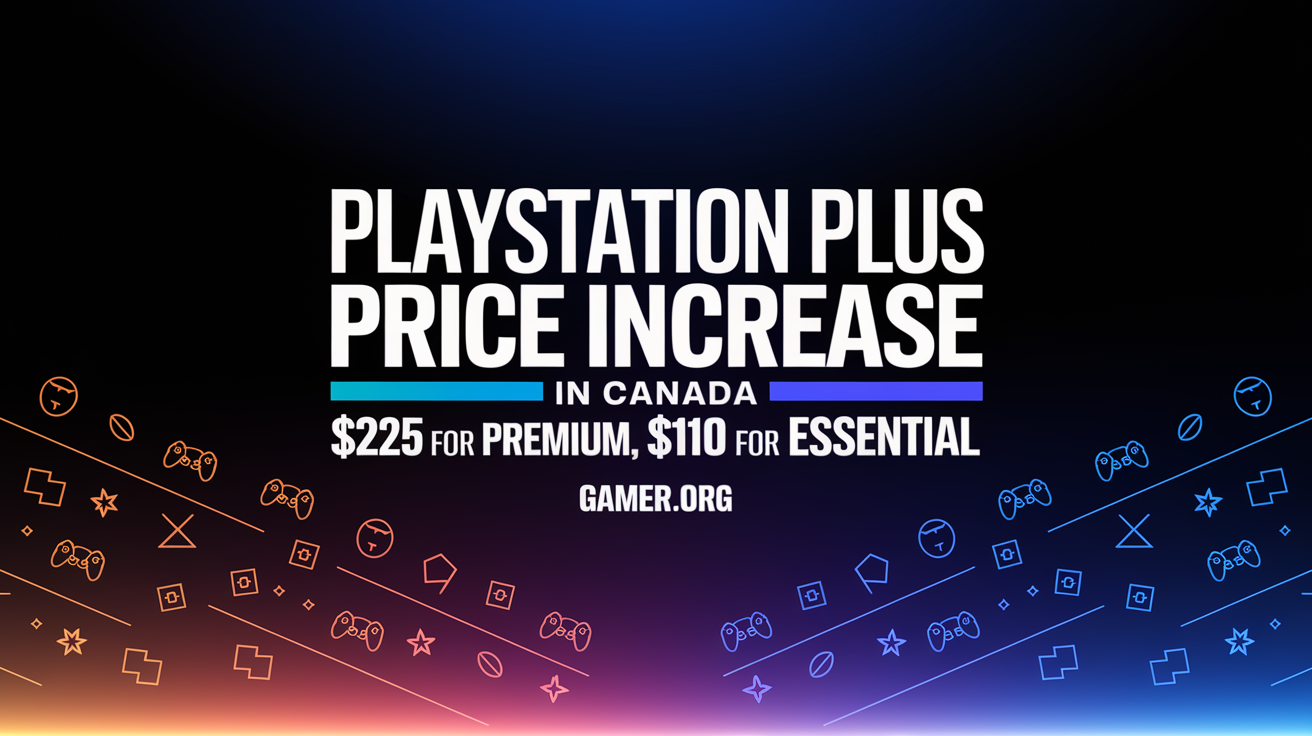
PlayStation Plus has followed the same playbook used by many digital services. The model starts with a low price and strong value, then slowly shifts as users become used to the subscription. Over time, prices rise and the included benefits begin to shrink. This pattern is now playing out clearly with PlayStation Plus.
PlayStation Plus Extra and Premium both launched with solid value propositions. However, recent updates have shown a decline. For example, the most recent update for Extra added only six new games—a record low for the service. Meanwhile, pricing continues to climb. The strategy is clear: as more users get used to the subscription, Sony becomes more comfortable scaling back offerings while asking for more money.
Unlike Xbox Game Pass, which initially gained attention with aggressive promotional pricing, PlayStation has not offered such deals. Instead, it has relied on its exclusive library and hardware dominance. That strength in the market may now be allowing Sony to raise prices without fear of losing a large number of subscribers.
Why Essential Tier Increases Are a Bigger Problem
For many players, the PlayStation Plus Essential tier isn’t optional—it’s mandatory. Playing games like Call of Duty, FIFA, NBA 2K, or GTA Online requires an Essential subscription. That turns what should be an optional service into a requirement for anyone wanting to enjoy online features. Raising prices on something that feels mandatory for most console gamers hits especially hard.
While Extra and Premium offer curated game catalogs, they remain optional. Players can cancel those plans and buy games individually if they don’t see value in the library. Essential, on the other hand, remains unavoidable for millions who play online games daily. And that makes this increase the most frustrating part of the price hike.
PlayStation Strategy Shows a Shift in Priorities
Sony’s recent decisions suggest a shift toward squeezing more revenue out of its existing ecosystem. It has started adopting trends once avoided—like fake early access pricing for titles such as Death Stranding 2. For years, Sony steered clear of these strategies. But as other publishers rake in profits using them, Sony has now followed suit.
The pattern is clear: publishers are watching each other, and once one makes a change that proves profitable, others quickly follow. This applies to price hikes, early access models, and even $80 game pricing. With Nintendo already charging high prices for flagship titles, it’s only a matter of time before Sony makes those prices standard as well.
Reduced competition may be another factor. With Xbox Game Pass no longer a direct threat in certain markets and Nintendo operating in its own space, Sony has more flexibility to dictate its pricing. Fewer alternatives mean fewer reasons to keep subscription prices low or maintain aggressive consumer-focused offerings.
What Comes Next for PlayStation Plus?
Although this price hike is currently limited to Canada, Sony has already increased prices in other regions like Asia. It’s reasonable to expect further increases elsewhere soon. The last North American price adjustment took place in July 2023. As of now, there is no confirmed domestic hike—but the silence may not last.
With fewer games being added to monthly lineups and higher subscription rates, the value of PlayStation Plus continues to erode. Many users may soon reassess whether these services are worth the investment—especially if they aren’t playing multiplayer titles or taking full advantage of Extra and Premium libraries.













